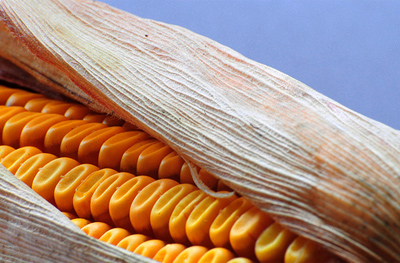
At first glance, Speak the Culture: Italy doesn’t leap out at you from the bookshelves. It appears rather nondescript and un-inspirational. However, as they rightly say, don’t judge a book by its cover. Speak the Culture: Italy is a gem.
Even if you’ve never been to Italy, you will probably want to read this book. It’s a rich compilation of facts about Italy, a learning experience about the country and makes it tick. Jammed full of information, the book looks at Italian history and living culture, food wine and song, fashion, art and architecture. It differs from the usual books aboout Italy, choosing to be part history book, part modern commentary and part cultural guide. It’s the kind of book you can dip into rather than have to sit down and read it from cover to cover although you may still want to do that as it is captivating reading.
With sharp, crisp writing, it’s easy to read. The sidebars on almost every page provide bite-sized morsels of information about italy that have – I din’t know that appeal. Bet you didn’t know that Da Vinci caried the Monna Lisa around with him for years whenever he travelled to Rome and France. In Italy the painting is known as la Gioconda because the sitter was married to Francesco del Giocondo. Or ever wondered where Italy makes its money?
According to the book, 2% from agriculture, 27% from industry and 71% from services. And 99% of companies in Italy employ fewer than 250 people.
With the contents printed in only two colours green and black the publishers may have erred too much on the side of thriftiness, yes the amount of information and insight into modern Italy more than makes up for the lack of full colour.
Speak the Culture: Italy is part of five book series that drills down into other countries and cultures including France, Spain, Germany and Britain.
The book has also lots of quotes from famous people. Pope John XXIII apparently was overheard to say that “Italians come to ruin most generally in three ways: women, gambing and farming”.
Food for thought. Or Lucca’s own Giacomo Puccini “I am a mighty hunter of wild fowl, operatic librettos and attractive women”. According to the book, when Puccini died, he was worth, by today’s a lot of high notes.
The book spends some ink on how Italians think and why their culture is so desiderable to the rest of the world.
As Reg in Monty Python’s Life of Brian famously said: “apart from the sanitation, medicine, education, wine, public, order, irrigation roads, the fresh water system and public health”, the Roman Empire’s arguably most enduring legacy has been the Catholic Church. It ensured the survival of Latin and maintained Rome’s place as a worldwide cultural centre.
If you are only going to read one book on Italy this year (and according to the Italian Publishers’ Association 50% of Italians don’t read even one book a year) Speak the Culture: Italy by Andrew Whittaker is published by London-based Thorogood Publishing, 10-12 Rivington St. London EC2A 3DU, and see www.speaktheculture.net.
The book retails for around euro 20,00. Available also throught Amazon.co.uk




